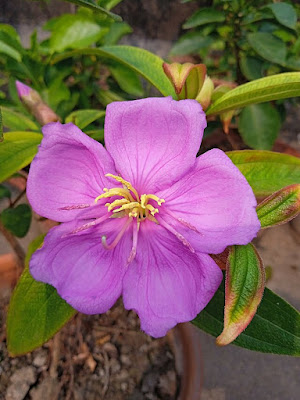Shellbark Hickory (Carya laciniosa) is a large, deciduous hardwood tree native to the central and eastern United States. Here's an overview of this majestic species:
🌳 Shellbark Hickory Overview
Common Name: Shellbark Hickory
Scientific Name: Carya laciniosa
Family: Juglandaceae (Walnut family)
USDA Zones: 5–8
Height: 60–100 ft (18–30 m)
Spread: 40–60 ft (12–18 m)
Lifespan: Often 200+ years
Growth Rate: Slow to medium
🌿 Identification
Leaves:
Pinnately compound with 5–9 (typically 7) large, lance-shaped leaflets
Bright green in summer, turning yellow-gold in fall
Bark:
Light gray and deeply furrowed
Peeling, shaggy strips—hence "shellbark"
Similar to shagbark hickory but with thicker plates
Nuts:
Largest of all hickory species (up to 2.5 inches long)
Thick husks that split open when ripe
Edible, sweet nutmeat, highly prized by wildlife and foraged by humans
Flowers:
Inconspicuous, greenish catkins in spring
Wind-pollinated
🐿️ Ecological Value
Nuts are eaten by squirrels, foxes, turkeys, and other wildlife
Host plant for several moths and butterflies (including hickory hairstreak and luna moth)
🌳 Uses
Wood:
Hard, dense, and shock-resistant
Used in tool handles, furniture, flooring, and firewood
Traditional choice for smoking meats due to its rich aroma
Landscaping:
Rare in nurseries but excellent for large open spaces or natural areas
Tolerates periodic flooding and rich bottomlands
🌎 Habitat & Range
Found in moist, fertile soils—especially river valleys and bottomlands
Native range extends from New York and Pennsylvania to eastern Kansas and Texas



















































